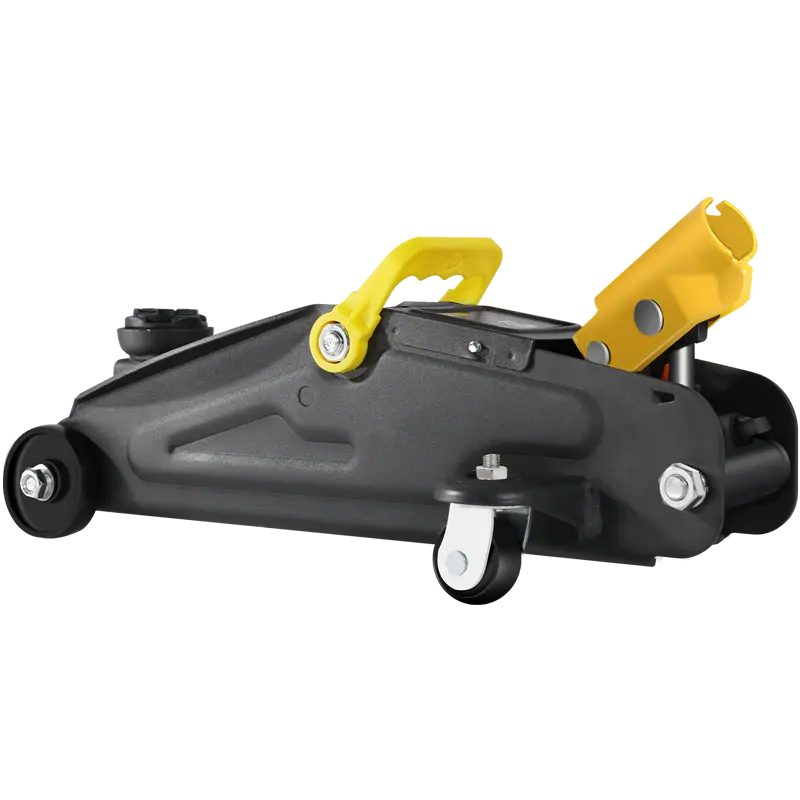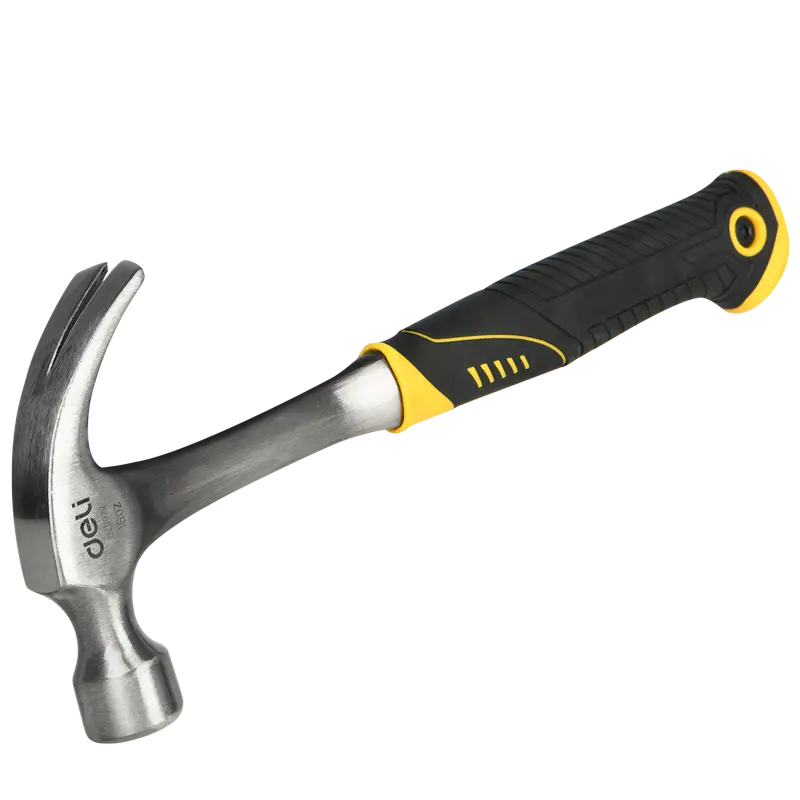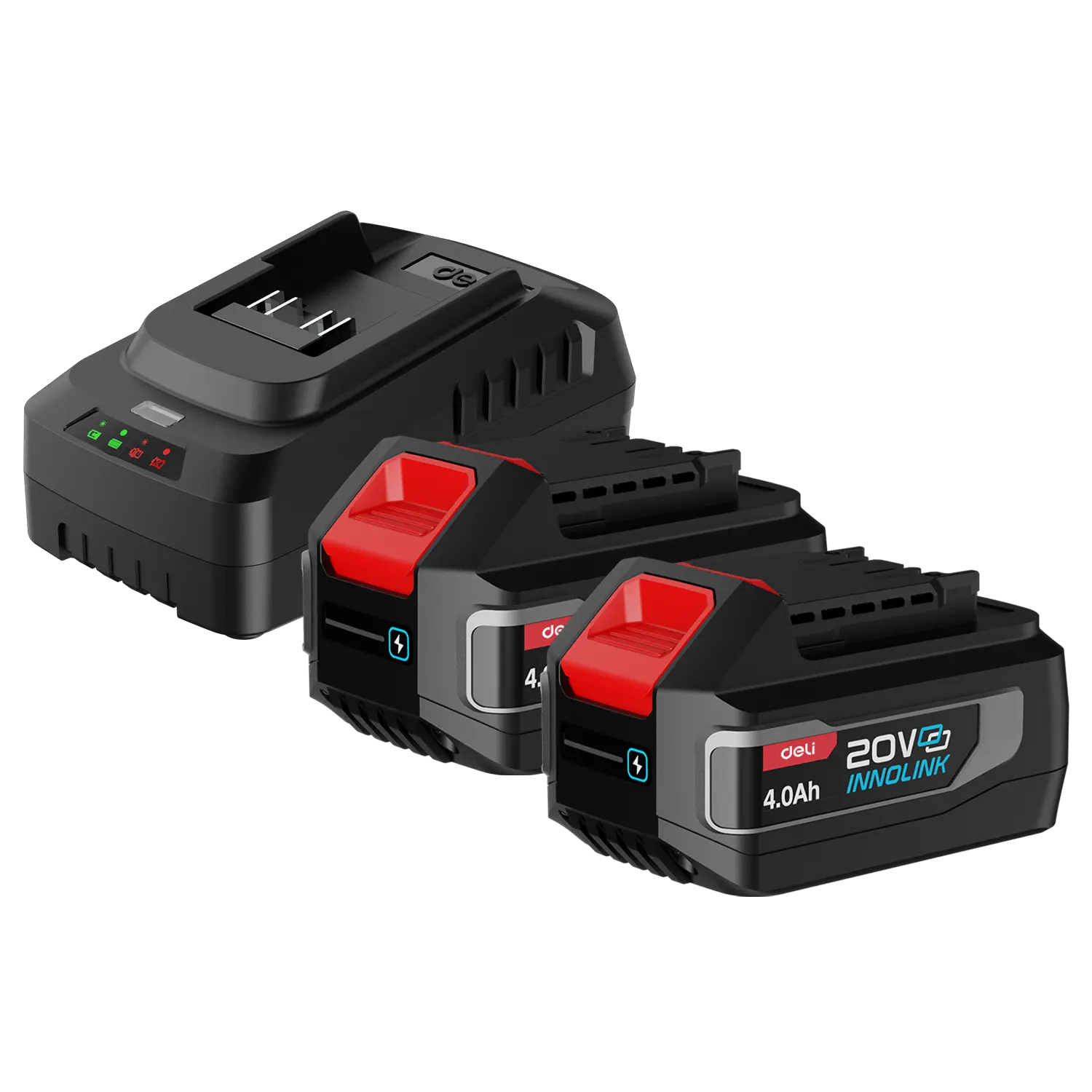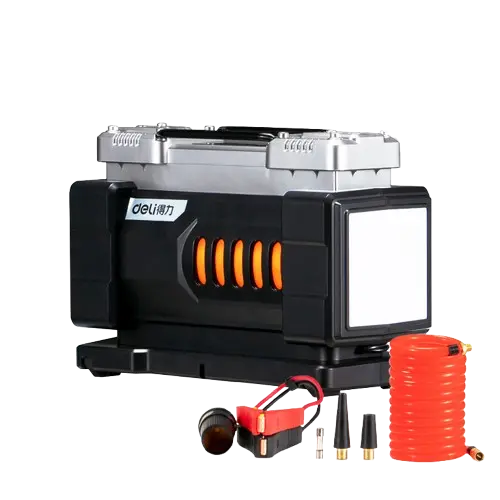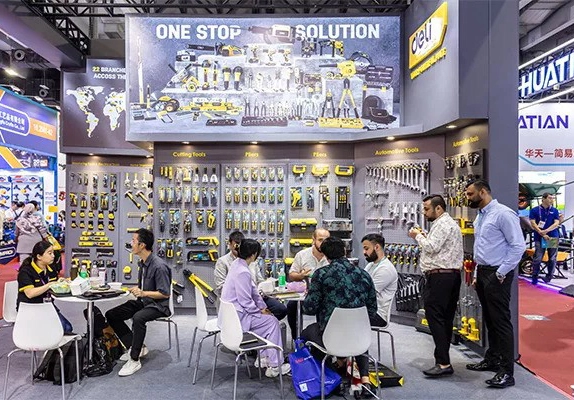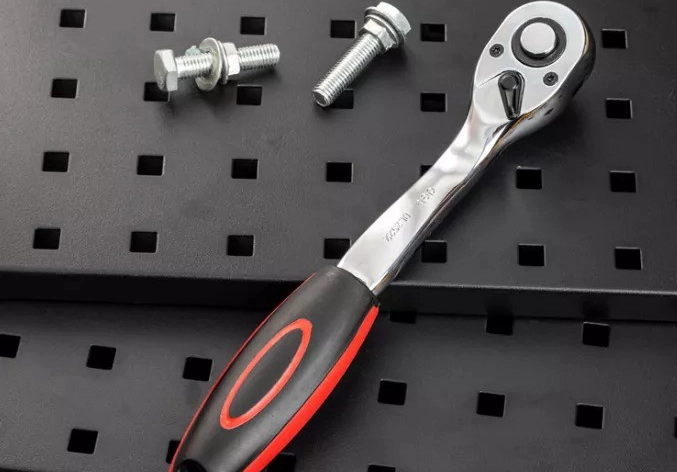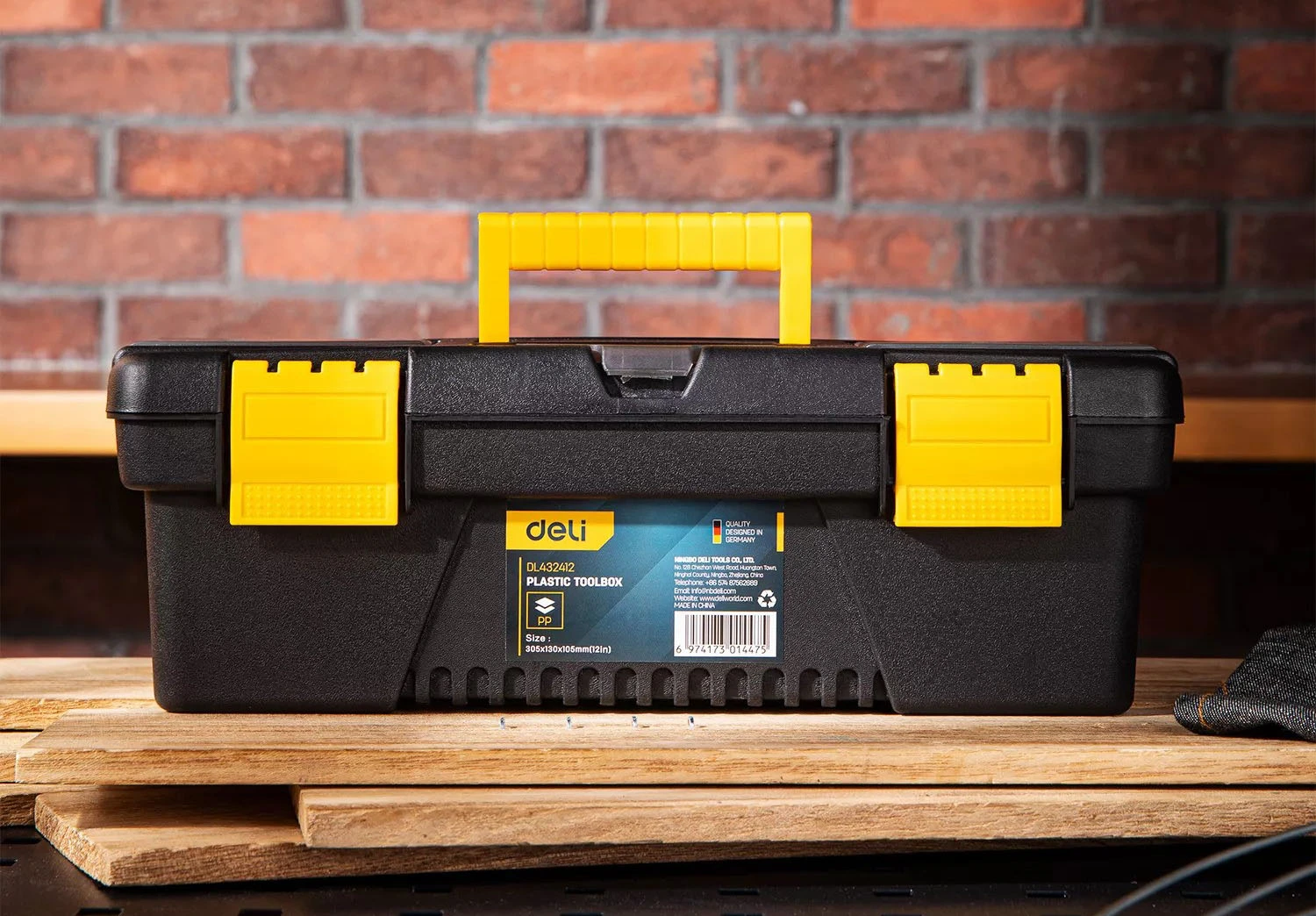Pliers are among the most versatile tools in any toolbox, workshop, or household. They come in various shapes and sizes, each designed for specific tasks, making them indispensable for both professional and DIY projects. Whether you're a seasoned craftsman or a casual hobbyist, understanding the multitude of applications for pliers can enhance your ability to tackle tasks with precision and efficiency.
Understanding the Basics of Plier Functionality
At their core, pliers from the leading cutting pliers factory are designed for gripping, bending, and cutting various materials. The unique design of the plier, which combines a pair of metal levers joined at a fulcrum, allows for a significant increase in the force applied by the user's hand. This basic functionality makes pliers an essential tool for a wide range of activities, from electrical repairs to jewelry making.
Gripping and Holding
One of the primary uses of pliers is to grip and hold objects firmly. This is particularly useful when working with small or slippery parts that are difficult to hold with fingers alone. Pliers can provide the necessary grip strength to hold materials securely while performing tasks such as soldering, bending, or assembling components.
Bending and Shaping
Pliers are also commonly used for bending and shaping metal wires, sheets, and other materials. This capability of professional pliers is invaluable in fields such as jewelry design, where precise bending can create intricate designs, or in automotive repair, where metal parts may need to be bent back into shape.
Cutting Wires
Many pliers are equipped with cutting edges that allow them to cut through wires and other thin materials. This feature is especially useful in electrical work, where cutting and stripping wires is a frequent task. Pliers with cutting abilities make it easier to prepare wires for connections or remove unwanted sections.
Specialized Types of Pliers and Their Uses
While basic pliers serve several functions, specialized types of pliers by China power tool accessories supplier- Deli Tools have been developed to perform specific tasks more efficiently. These include needle-nose pliers, which are perfect for reaching into tight spaces; diagonal pliers, which are designed for cutting; and slip-joint pliers, which have adjustable jaws for gripping objects of varying sizes.
Needle-Nose Pliers for Precision Work
Needle-nose pliers are distinguished by their long, thin tips, which allow them to grasp small objects and navigate tight spaces. This precision makes them indispensable for electronics repairs, jewelry making, and any task requiring careful manipulation of small parts.
Diagonal Pliers for Efficient Cutting
Diagonal pliers feature angled cutting edges that make it easy to cut materials flush with a surface. They are particularly useful for trimming excess material, cutting ties or fasteners, and performing detailed electrical work where precision cuts are necessary.
Slip-Joint Pliers for Adjustable Gripping
Slip-joint pliers offer the flexibility of adjustable jaw sizes, making them suitable for a wide range of gripping tasks. Whether you're working with thin wire or thick piping, slip-joint pliers can be adjusted to provide the optimal grip strength for the job at hand.
Choosing the Right Plier for the Job
Selecting the appropriate type of plier from the pliers factory for a specific task is crucial for achieving the best results and ensuring safety during use. Factors to consider include the material you'll be working with, the size and shape of the objects involved, and the precise nature of the task. By understanding the unique capabilities of different types of pliers, you can equip yourself with the right tool for every job.
In conclusion, pliers play a pivotal role in a vast array of tasks across multiple industries. From basic gripping and cutting to specialized applications like precision bending and shaping, there's a type of plier suited to virtually any task. By familiarizing yourself with the various uses and types of pliers available, you can tackle projects with greater confidence and efficiency.

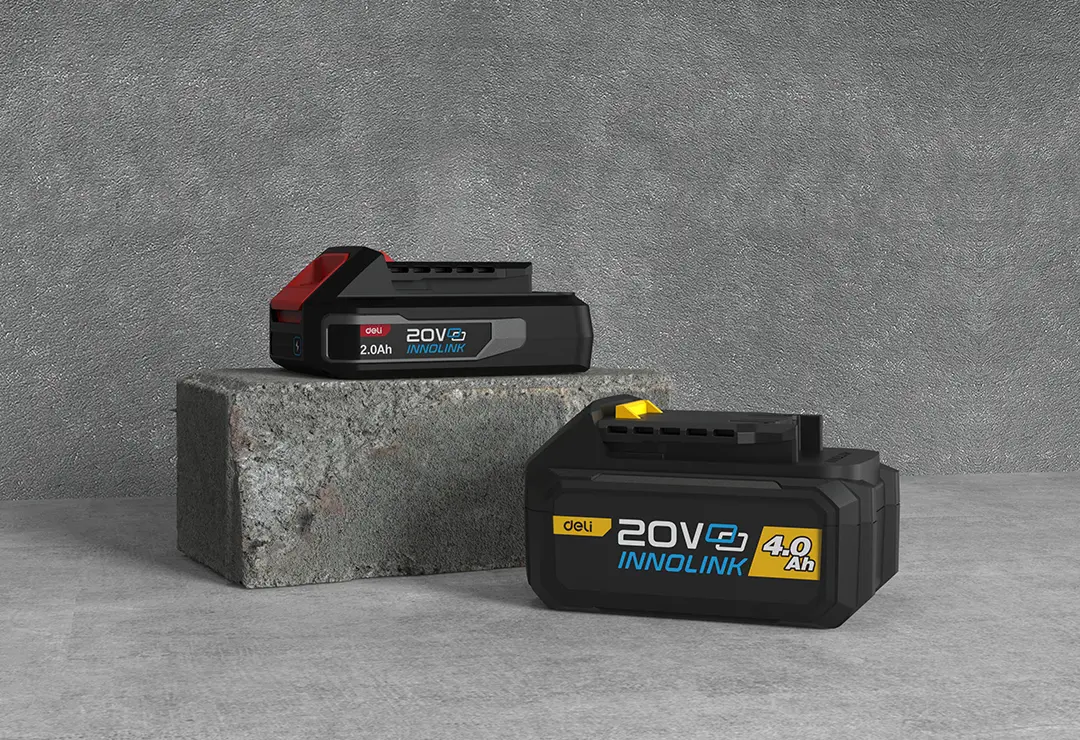
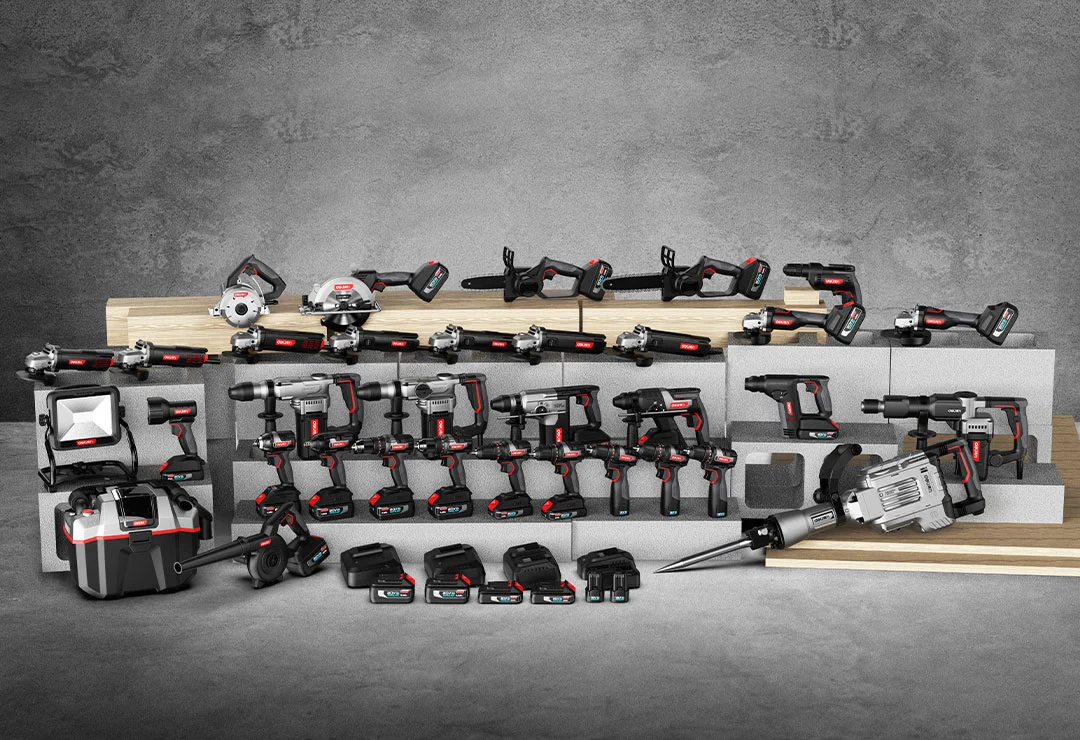
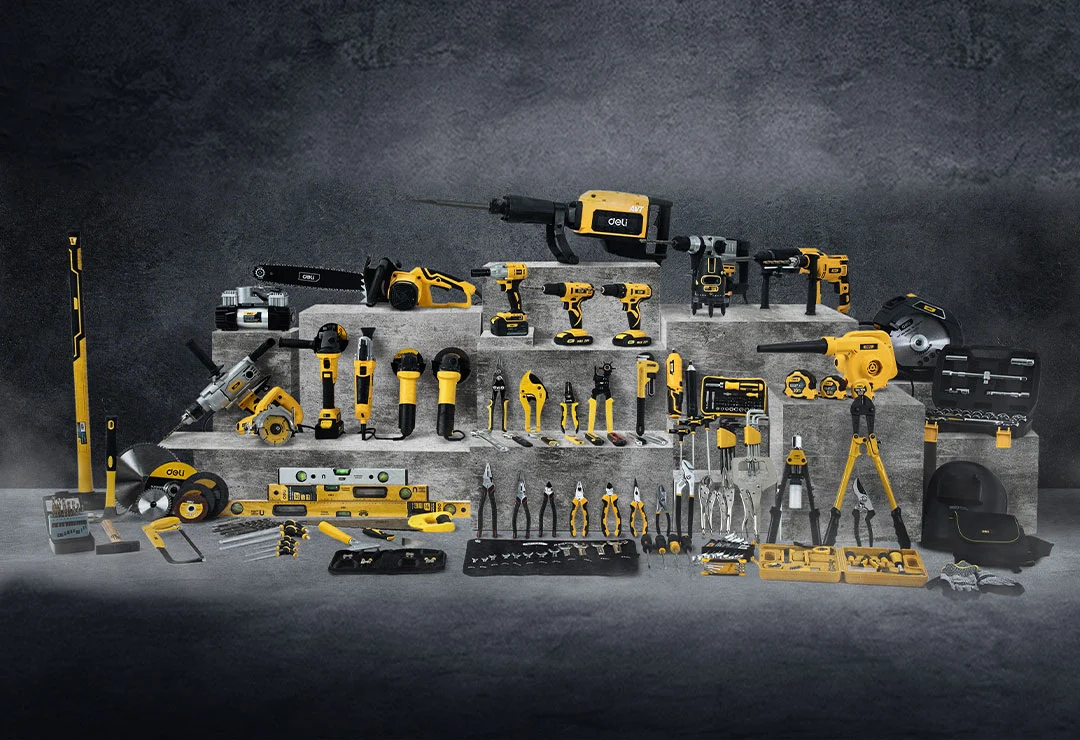
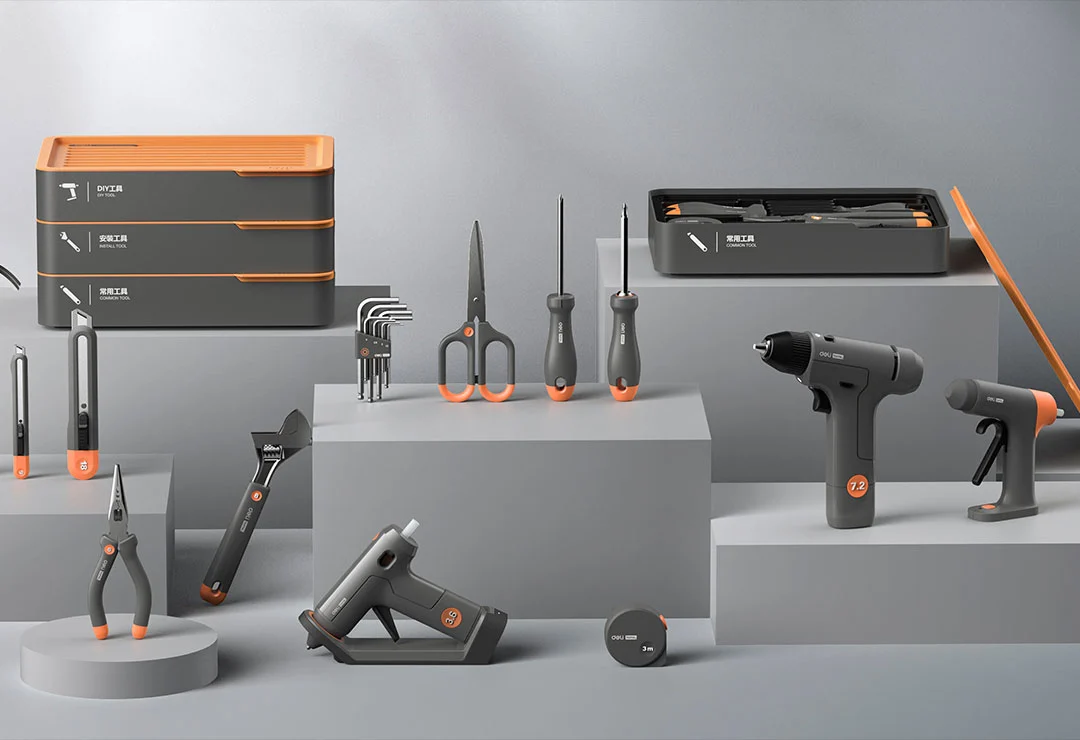
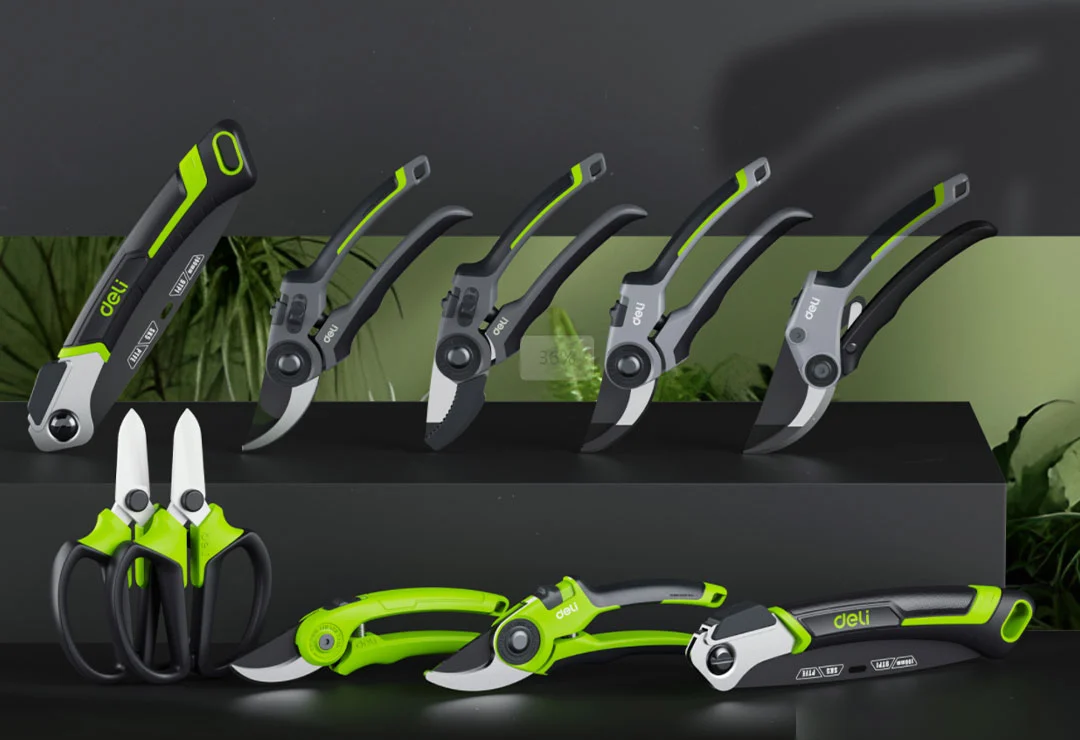
 EN
EN
 jp
jp  ko
ko  fr
fr  de
de  es
es  it
it  ru
ru  pt
pt  ar
ar  vi
vi  th
th  hi
hi  pl
pl  id
id  el
el 